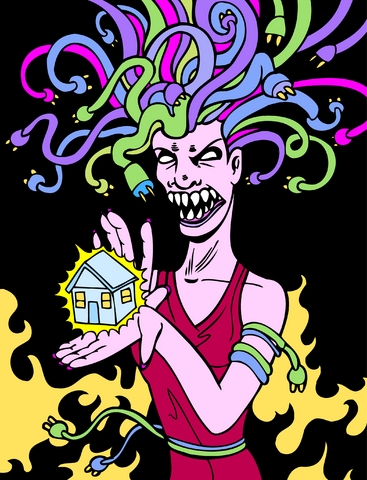When disaster strikes
 When Disaster Strikes—How Writers Can Safeguard their Work
When Disaster Strikes—How Writers Can Safeguard their Work
Part One
Earthquake. Japan, 2011. New Zealand, 2011. Haiti, 2010.
Floods in Australia. Red mud in Hungary. Hurricane Karl in Veracruz.
After disasters such as these, we mourn the lost lives, the terrible injuries, the environmental harm.
But art was lost as well.
In the Pacific Northwest we face earthquakes, fires, and landslides. Other parts of the world endure floods, sand storms, tsunamis, hurricanes, and tornadoes. Assuming we survive whatever disaster befalls, we want the products of our sweat and tears to survive as well.
I read an article about author Maxine Hong Kingston and her experience in the historic Oakland fire of 1991. Most affected people had only minutes to flee; some didn’t make it. The conflagration, fueled by exploding eucalyptus oil, melted even fireproof boxes. Kingston’s home was destroyed, as were her books and writing. All traces of her nearly finished novel The Fourth Book of Peace perished.
She was forced to begin writing with nothing. The result is The Fifth Book of Peace; ironically, The Fourth Book of Peace was never resurrected. Sometimes it’s good to open a fresh page. (I have at least one manuscript slated for a do-over.) My goal, though, is that we as artists make that choice rather than the fates of wind and earth.
Evaluate your workspace. Most people own flash drives. I have one. I rarely use it. Usually, I wait for a pitying family member to manipulate the digital magic for me. (I’m a bit of an e-klutz.) Still, a flash drive can burn, or float away or be crushed.
I also have a hard copy of my work in progress with notes from my writing group meetings. Same potential problems as above. Burn, float, crush.
Here’s my lazy, and, fingers crossed, foolproof solution. At regular intervals, I email my manuscript as an attachment to myself. This method could survive all disasters. I could retrieve my book from any computer in the world. That is, as long as I don’t forget my password. The downside is that because it’s impractical to save all my writing this way, I choose only my most important project. A bit like deciding which child you love best. (It’s you, Sweetie. You know who you are.)
Do you remember the Highlights Magazine characters Goofus and Gallant? For an entertaining article about those guys, read here. As you have probably guessed, I fall out more on the Goofus side. In Part Two of this series, we’ll hear from writer Dan O’Connor (definitely a Gallant) about more sophisticated ways you can protect your work.
Thanks for reading.